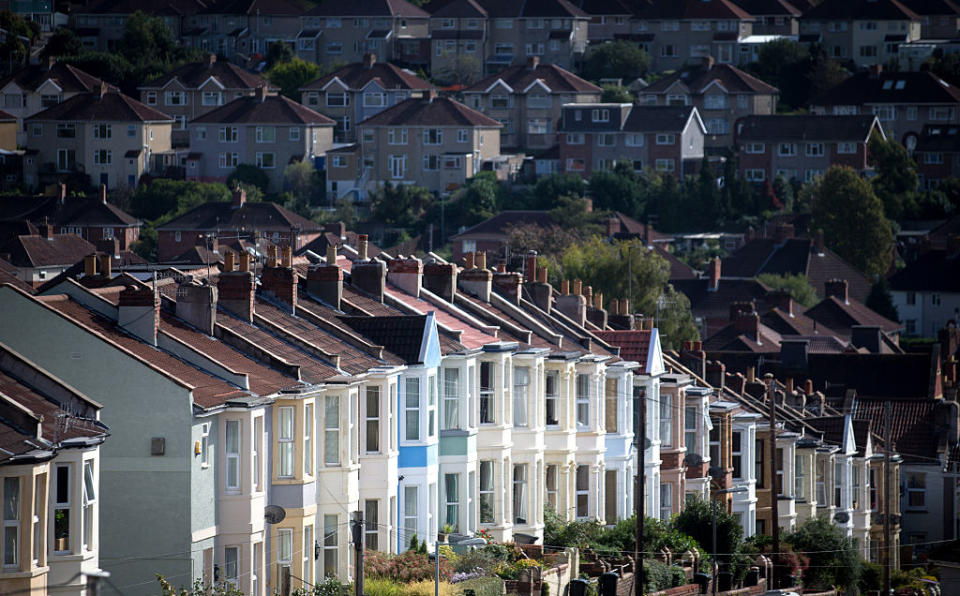Notes from a future where Britain has solved the housing crisis

In ten years’ time, high house prices and low supply could be a thing of the past. Kristian Niemietz offers a despatch from that brave new world…
The year is 2035 and according to provisional figures released today by the Office for National Statistics it is the tenth year in a row during which house prices and rents grew at a slower rate than wages. This is the result of the great British building boom, which has seen housebuilding rates soar to the highest levels since the 1930s.
The generation currently coming of age will be the first generation of Britons in a long time who have never known anything other than steady improvements in housing affordability. They have no active memory of Britain’s housing crisis, which used to cause so much misery among Millennials and Generation Z. It is therefore worth recapitulating how grim things used to be in the mid-2020s, in the bad old days before Britain’s housing revolution.
Back then, Britain used to have an unusually low level of housing supply. Catching up with the EU average, in terms of the number of housing units per 100,000 people, would have required the construction of 3.4m additional homes in England alone. Britain did not just have fewer homes than other developed countries, but also unusually small ones. The average British home was only two thirds of the size of the average German, Dutch, Belgian or French home.
No wonder, then, that Britain used to be one of the world’s most expensive places to live. The average house price in England and Wales was about eight times the average annual pre-tax salary for full-time employment. It was cheaper to rent a flat in Rome, Brussels, Vienna, Berlin, Helsinki, Bern or Oslo than to rent an equivalent flat in Oxford or Reading – never mind London, which was entirely in a league of its own.
But it was not just residential housing that was in short supply, and therefore horrendously expensive. The same was true for business premises, be it for offices, retail space, lab space, pubs, restaurants, or anything that requires more than a minimum amount of space.
The housing crisis was not just a problem for those at the sharp end of it. It made Britain, as a whole, poorer in countless ways.
These problems had been well-researched and well-understood for quite some time. The Institute of Economic Affairs already got there in 1988, and with the Barker Review of 2004, the government finally got there too, even though it would take another twenty years until a government decided to actually do something about it.
The full story is more complex but the gist is relatively simple: Britain’s discretionary land-use planning system gave too much power to Nimby obstructionists, who used their political muscle to block development.
After the 2024 General Election, the government decided to take on the Nimbys in the way Margaret Thatcher had taken on the miners 40 years earlier. This did not require any new policy ideas: the ideas had been lying around for years.
The government granted automatic planning permission to build on greenbelt land around commuter stations, as well as on golf courses. They rolled out ‘street votes’, a scheme under which whole streets can opt out of the planning system and grant themselves development rights for upwards extensions and densification, alongside an equivalent scheme for social housing estates. They revitalised the postwar ‘new towns’ programme, minus the brutalism.
They also fundamentally changed the economic incentives around development. They localised the tax system, so that communities benefit directly from development, and so that local authorities can provide the additional infrastructure and public services made necessary by development. As a pragmatic concession, they also made sure that immigration numbers remained below projected levels.
It was initially controversial, but it worked. Britain’s housing revolution didn’t just solve the housing crisis itself. It also had several positive economic side-effects. It increased labour mobility, it increased productivity, it cut the cost of doing business, it improved work incentives, it led to fiscal savings, and it made the economy less volatile.
Today, in 2035, Britain is not just a much richer country than it used to be. It is also a politically less polarised country, which is more at ease with itself.
Future historians will wonder what took us so long.
Dr Kristian Niemietz is the Editorial Director of the Institute of Economic Affairs (IEA). His report Home Win: What if Britain Solved its Housing Crisis?, describes a hypothetical future, in which Britain has successfully solved its housing crisis.

 Yahoo Finance
Yahoo Finance 